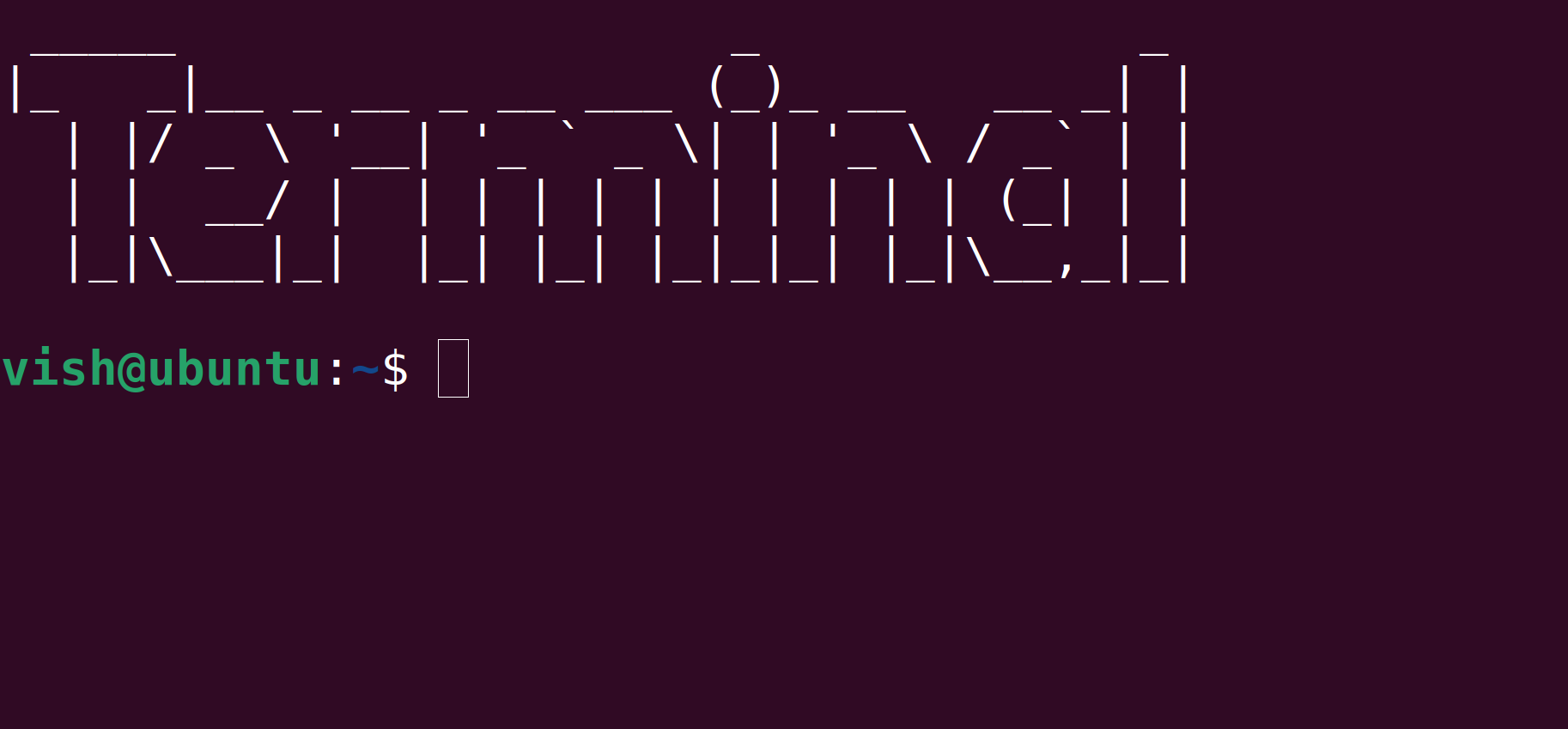Beginner’s Guide to Using the Ubuntu Terminal

The terminal is an important part of any operating system, and Ubuntu is no exception. The terminal, also known as the command line or shell, provides a text-based interface for interacting with the operating system and performing advanced tasks. If you’re new to using the terminal on Ubuntu, here’s a beginner’s guide to get you started:
1. Opening the Terminal
To open the terminal, click the “Show Applications” button in the bottom-left corner of the screen and then search for “Terminal.” Alternatively, you can use the keyboard shortcut Ctrl+Alt+T to open the terminal.
2. Navigating the File System
The terminal allows you to navigate the file system using commands such as “cd” (change directory) and “ls” (list files and directories). For example, to navigate to the home directory, you can use the command “cd ~” (the tilde symbol represents the home directory). To list the files and directories in the current directory, use the command “ls”.
3. Running Commands
To run a command in the terminal, simply type the command and press Enter. For example, to see the version of Ubuntu you are using, you can use the command “lsb_release -a”. To see a list of all available commands, use the command “man” followed by the name of the command (e.g., “man ls”).

4. Installing Applications
The terminal allows you to install applications using the apt package manager. For example, to install the Firefox web browser, you can use the command “sudo apt-get install firefox”. The “sudo” command allows you to run the command with root privileges, which are required for installing applications.
5. Editing Text Files
The terminal includes a text editor called Nano that you can use to create and edit text files. To create a new text file using Nano, use the command “nano filename.txt” (replace “filename.txt” with the desired name of the file). To save the file and exit Nano, press Ctrl+X and then press Y when prompted.
6. Redirecting Output
The terminal allows you to redirect the output of a command to a file or another command using the “>” and “|” symbols. For example, to save the output of the “ls” command to a file called “list.txt”, you can use the command “ls > list.txt”. To pipe the output of one command to another command, use the “|” symbol (e.g., “ls | grep file” will search for the word “file” in the output of the “ls” command).
7. Customizing the Terminal
You can customize the appearance and behavior of the terminal to suit your preferences. To customize the terminal, click the “Terminal” menu and select “Preferences.” From the “Profiles” tab, you can change the font, the background color, and other settings.
By following these steps, you’ll be well on your way to using the terminal effectively on Ubuntu. Whether you’re a beginner or an experienced user, the terminal is a powerful tool that can help you get more out of your operating system.





